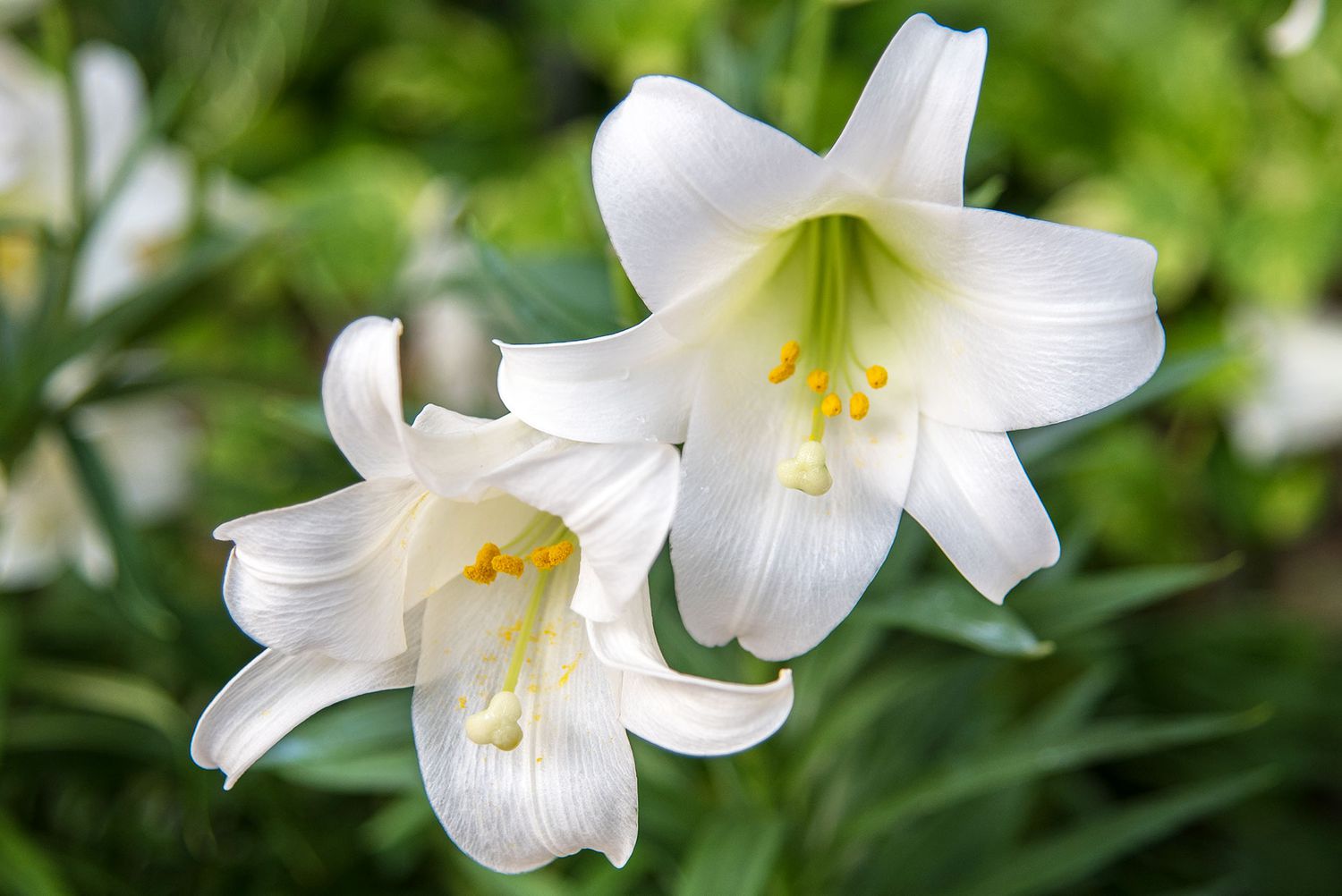Posts in Category: Pet Toxins
Pet Poison Prevention Week – Keep Your Pet Safe!
By Katie Meneses

This year, Pet Poison Prevention Week Runs from March 17th to March 23rd. To help you learn more, we have listed some common hazards that come around every year in the springtime. From gardening materials to plants, there are many things to be aware of!
Fertilizers
As things warm up, people will start prepping their gardens with various fertilizers. Most only cause mild symptoms, like upset stomachs, but there are some that are toxic and can be fatal if ingested by a pet. Here are a few!
- Blood Meal – A great organic fertilizer, blood meal can be very upsetting for your pets stomach. It can cause vomiting and diarrhea, and in more severe cases, pancreatitis!
- Rose and Plant Fertilizers – many plant fertilizers contain a compound known as disulfoton, or other organophosphates. One teaspoon of this chemical can be fatal to a 55lb dog! Symptoms from ingesting this compound include drooling, urination, defecation, seizures, difficulty breathing, hyperthermia, and more.
- Iron – Iron is a common additive to fertilizers. Iron can lead to toxicity in your pets! Symptoms can include vomiting, diarrhea, lethargy, abdominal pain, shock, elevated heart rate, panting, and tremors.
Common Poisonous Plants
There are hundreds of poisonous plants out there, both inside and outside of the home. With more than 700+ plants out there that are a threat, it can be important to be aware of some of the common ones.
- Autumn Crocus
- Azalea
- Aloe
- Hyacinth
- Lilies
- Oleander
- Bird of Paradise flowers
- Daffodils
- Sago Palm
- Tulips

Household Cleaners
With warmer weather comes spring cleaning! As you start opening up your home and deep cleaning, it can be important to protect your pets from possible hazards caused by common cleaners at your home. Some products lead to symptoms such as vomiting, diarrhea, and skin irritation. More severe cases may show skin burns/lesions in their mouth, face, or body. It’s important to keep household cleaners out of their reach.
- Drain Cleaner
- Concentrated dishwashing chemicals
- Lime-removal products
- Oven cleaners
- Grill cleaners
- Concentrated toilet cleaners
- Bleach
This list is just a small collection of common hazards to watch out for with the warmer weather. For more information on toxins and poisons that can harm your pet, visit the Pet Poison Hotline. You can also learn about toxins in some of our other blog posts! Check out our blog on Lily Toxicity.
Disclaimer: This written content is meant to be educational and is not medical advice. Always consult a veterinarian about medical advice for your pet.
Beautiful For You but Toxic To Your Cat!
By: Brook Buckholtz, CSR – Zimmvet (763)856-4848

Lilies are beautiful flowers! They can mean something special when put into a bouquet or could be a statement piece when put into your garden. Unfortunately the problem that arises is that Lilies are extremely toxic to cats, even one sniff could send them to the emergency clinic or be fatal. So if you want to ensure that your furry friends stay safe make sure you keep lilies out of your house and garden! Remember they are beautiful to you but toxic to your cat!
Signs of Lilly Toxicity:
Every part of the lily flower is toxic to cats. The pollen, the leaves, the flower itself and the stems. If you have lilies in a bouquet in your home even the water the lily plant sits in can cause severe damage to your pet. The best way to avoid this from happening is to keep lilies out of your house and garden if you have a cat.
Kidney failure can happen very quickly in cats that come in contact with Lilies. If you know that your cat has come in contact with Lilies seek veterinary care immediately. Signs of early toxicity include but are not limited to:
- Decrease activity level
- Drooling
- Vomiting
- Loss of appetite
- Increase urination
- Dehydration
Conclusion
Remember lilies are so toxic to cats that even just one sniff can cause them serious medical problems or even death. The best way to prevent this from becoming a problem is to keep lilies out of your home and garden. If you think your cat has come into contact with the lily plant seek veterinary care immediately! Below is a link to the FDA website which has more information on lily toxicity.
For more information please visit the FDAs webpage on Lily Toxicity in cats at https://www.fda.gov/animal-veterinary/animal-health-literacy/lovely-lilies-and-curious-cats-dangerous-combination#:~:text=The%20entire%20lily%20plant%20is,in%20less%20than%203%20days.
If you are considering adding new plants to your house or garden make sure to do your research! This blog post goes over some safe and unsafe house plants to pets. https://www.zimmvet.com/blog/house-plants-and-pets-2/


